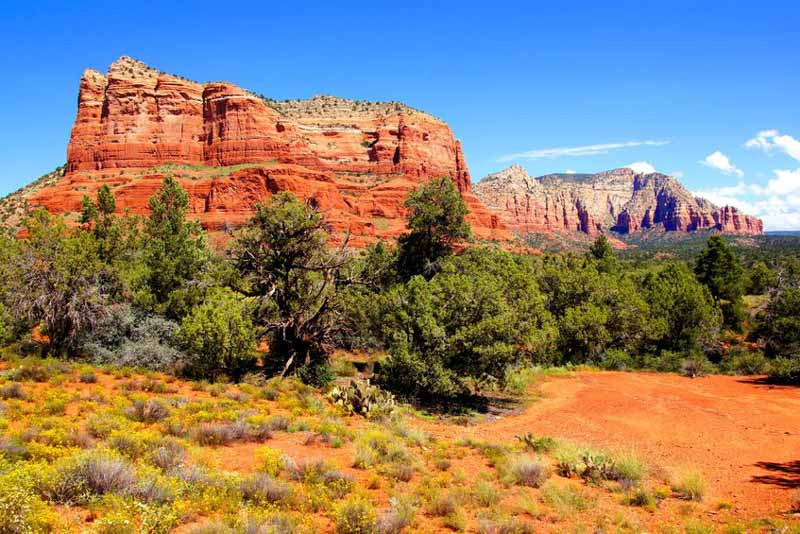Hardiness Zone 8 - The Best Plants to Grow in Your Garden
USDA Hardiness Zone 8 enjoys a mild climate with average minimum winter temperatures ranging from 10°F to 20°F (-12.2°C to -6.7°C). Gardeners and landscapers in Zone 8 can create thriving landscapes by selecting appropriate plants and employing specific gardening techniques to ensure the success of their gardens.
When choosing plants for Zone 8, it’s essential to select species that can withstand the local climate conditions. Native plants, which have evolved to thrive in the region’s conditions, are often ideal choices. Some trees, shrubs, perennials, and annuals suitable for Zone 8 include:
- Trees: Southern Live Oak (Quercus virginiana), Red Maple (Acer rubrum), and Bald Cypress (Taxodium distichum).
- Shrubs: Oleander (Nerium oleander), Gardenia (Gardenia spp.), and Indian Hawthorn (Rhaphiolepis indica).
- Perennials: Lavender (Lavandula spp.), Yarrow (Achillea millefolium), and Phlox (Phlox spp.).
- Annuals: Marigold (Tagetes spp.), Vinca (Catharanthus roseus), and Lantana (Lantana camara).

